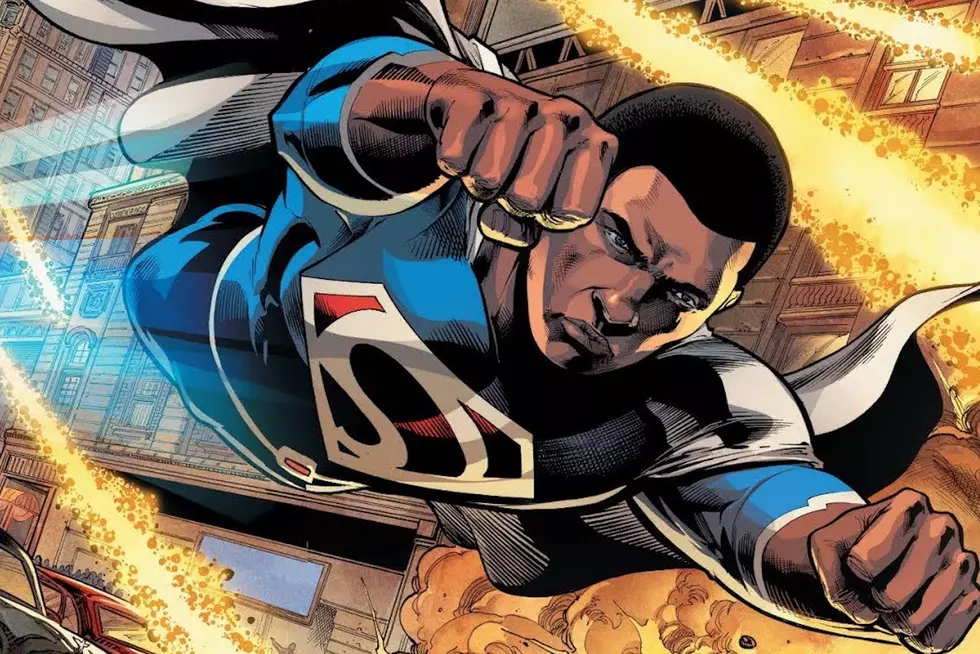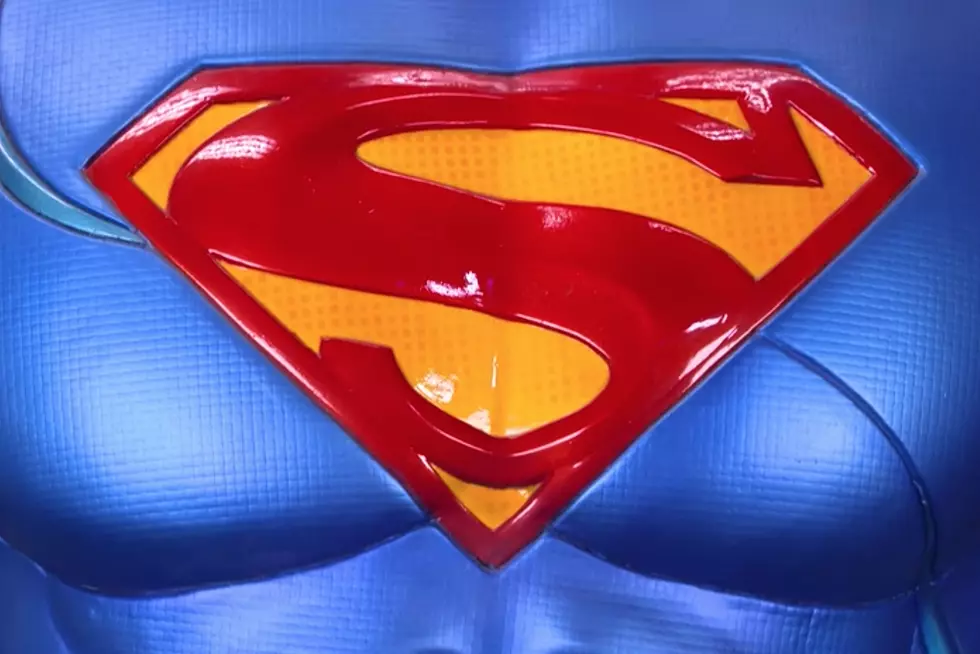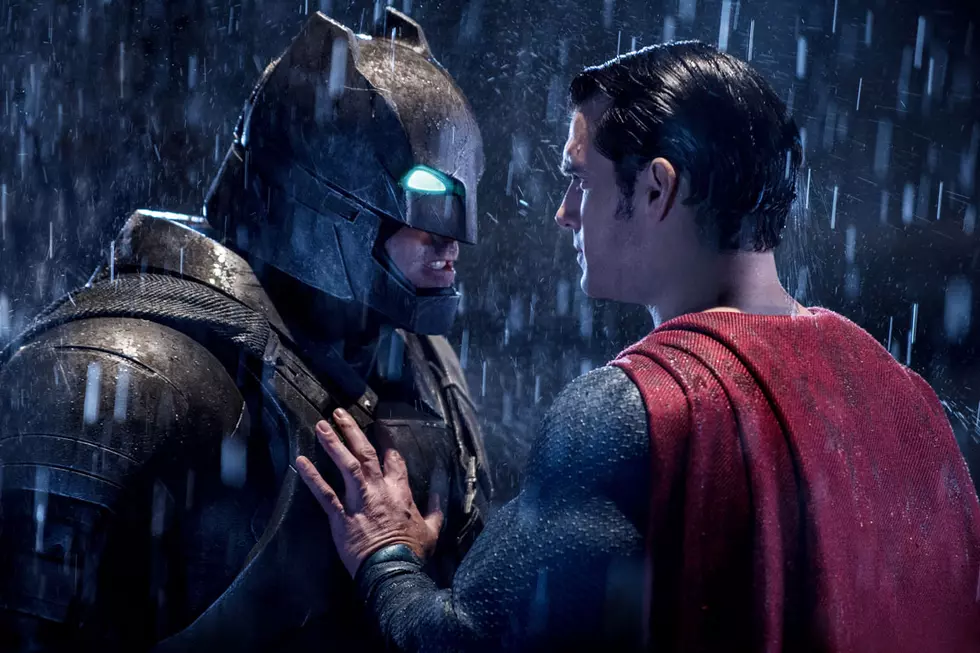
‘The Final Days of Superman’ Is A Weird But Welcome Throwback
In the first issue of Alan Moore, Joe Bennett and Keith Giffen's run on Supreme, there's a line about how superhero universes always tend to get really in those last few months right before the universe corrects itself with the latest revision to continuity. With DC's big Rebirth event just over the horizon, that's something that's been on my mind a lot lately, partially because of the inevitable feeling that we're stuck in a holding pattern, and partly because it feels like a pretty accurate description of what's been going on in the pages of Superman.
In this week's Superman #51, Peter J. Tomasi and Mikel Janin are bringing the Man of Steel face-to-face with his mortality with the first part of "The Final Days of Superman." That in itself isn't that weird - Superman's been in mortal peril at least twice a month for the past few decades - but the way they're going about it but that has just enough strangeness on every level to be downright fascinating.
Of course, Superman getting weird isn't exactly a new development. "Final Days" is following a year of Superman stories that have seen Clark Kent losing his secret identity and his powers, regaining them by overdosing on Kryptonite, fighting a new villain who is essentially Facebook if Facebook was the son of an immortal caveman, and briefly becoming a mythological luchador. Even for Superman, an alien who can fly, shoot fire out of his eyes, and somehow make a decent living writing for print media, that's a little odd.
But the thing is, "Final Days" isn't really weird in the same way. When you get right down to it, in fact, it follows pretty logically from everything that's come before. The very simple idea at the core of the story being that all of this damage to Superman's cells -- losing and regaining his powers, pushing himself to fight harder, being infected with living shadows, burning himself out with his new Solar Flare power and eventually poisoning himself to get better, all in a relatively short amount of time -- has finally taken its cumulative toll. Superman's dying, and there's not much he can do about it, at least until the end of this particular story. In that respect, everything makes a certain kind of sense.
What's weird is the way it's being done.
For one thing, as you might've already noticed, the cover for this issue sees the return of the Triangle Numbers. If you weren't obsessed with those things 20 years ago, they were those weird little artifacts from the '90s that were meant to let you know what the proper reading order was if you happened to be following four separate Superman titles every month through their various interconnected sagas, and ended up making superhero comics even more complicated than they already were to a casual reader. I mean, sure, it's great if you're trying to put together back issues into some kind of reading order, but I can imagine that having two separate numbers on every cover was downright mystifying to anyone who might've been trying to get in at the time.
If this seems like a small thing to fixate on, it definitely is. But it stuck out to me when I saw this issue, because it seemed like such a weirdly specific throwback. Even though stories that weave their way through multiple titles are the rule rather than the exception, you usually don't see them represented in that way; a way that's so tightly tied into an era of Superman comics. It made me think even before page one that Tomasi and Janin were going to be doing something with a retro feel, and they are. It's just not retro in the way that I thought it was going to be.
Once you actually get into it, this story is Silver Age as all heck.
On a very simple, visual level, this issue calls back to the Silver Age in almost every way, not the least of which being that it starts with Superman hanging out in the Fortress of Solitude with Krypto the Super-Dog looking up at gigantic statues of his parents that he made in his spare time because it seemed like a nice thing to do.
Seriously, as much as it's one of the goofiest excesses of the Silver Age, I love the idea of Superman having weird super-hobbies. Why wouldn't that guy just spend his time building giant metaphorical statues of his parents or writing a giant diary by engraving the language of a dead planet into steel plates? It's great.
But it's not just that, and it's not just that it's trying to capture the feel of an era. Right from the title, Tomasi and Janin are calling back to a very specific story: 1962's "The Last Days of Superman," from Superman #156, arguably the single greatest Superman story of the Silver Age.
And it's that callback, that drawing on inspiration for a story that seemed so different when it was first solicited, that makes this such an interesting read for me. It's a strange choice, but it's a welcome one.
Even if you haven't read it, you may be familiar with "Last Days" as one of the major inspirations for All Star Superman. It's built on the idea of Superman suddenly finding out that he has thirty days to live, and how he deals with the idea of unfinished business. It's the same idea that's in play here, with both versions of Superman, separated from each other by a solid five decades, reacting in the same way.
The idea of Superman being angry and frustrated not for himself, but for all of the people that he won't be able to protect when he's gone is one of the most Superman ways to react to this situation, and it goes a long way towards selling this story as something that feels right for the character. The real star, though, is Janin, whose decidedly modern art style works beautifully with both the earnest homages to the Silver Age and the updated take on this particular story. He even makes that current costume -- the armor that's actually grown on me a little bit ever since we found out that we were replacing it with something with even more inexplicable changes over the next few months -- look great.
There's not a lot of action in this book, and there certainly aren't any fights, so despite a double-page spread of Superman rescuing people from various disasters, I think it's fair to say that it's a quiet issue. But it's a quiet that Tomasi and Janin fill with emotion, drawing on the blueprint that was laid out for them back in 1962 to bring us a story that feels incredibly true to the character.
As for whether it'll be able to maintain this momentum as the triangle numbers continue, that remains to be seen, but I genuinely hope it does. If nothing else, it'd be nice to hold out hope that Superman could carve another inspirational message onto the moon.
More From ComicsAlliance









